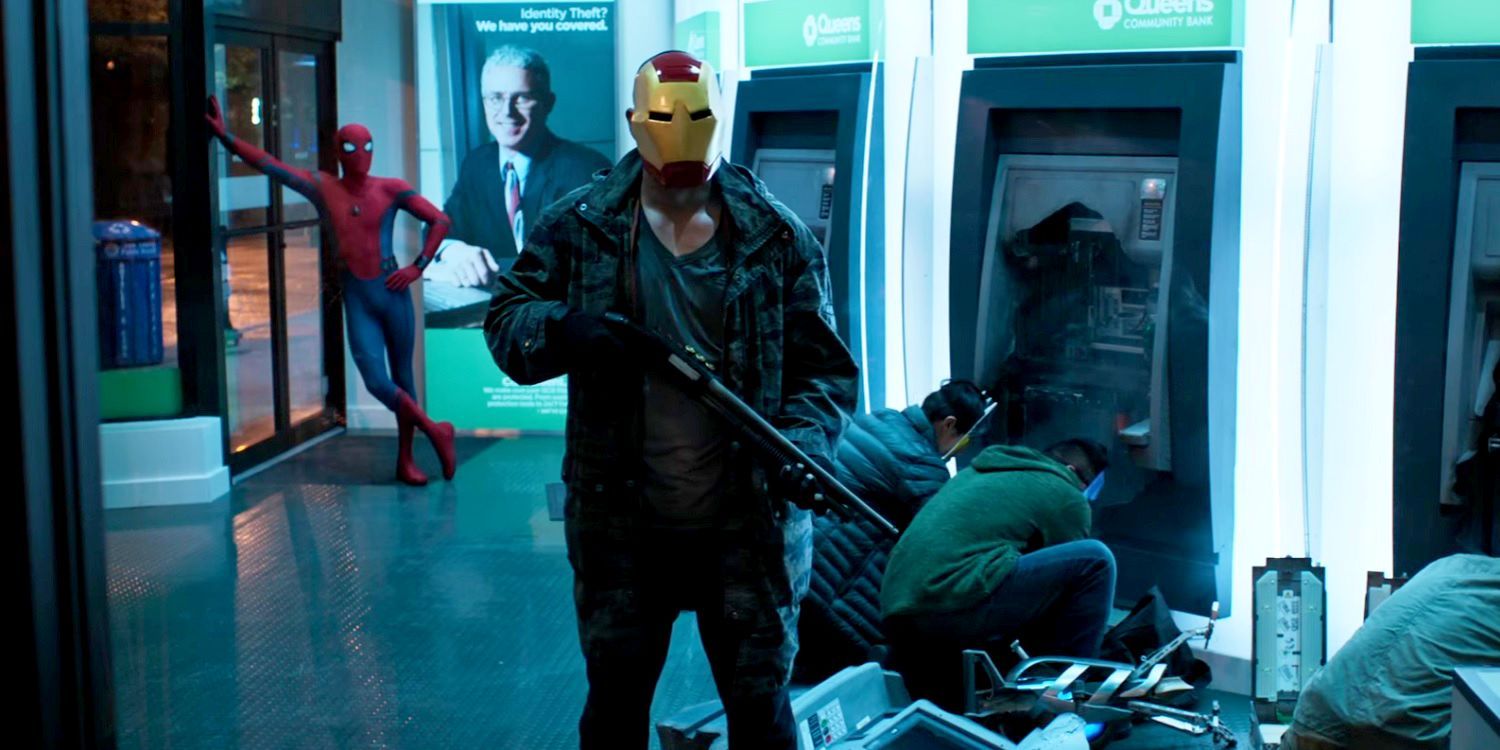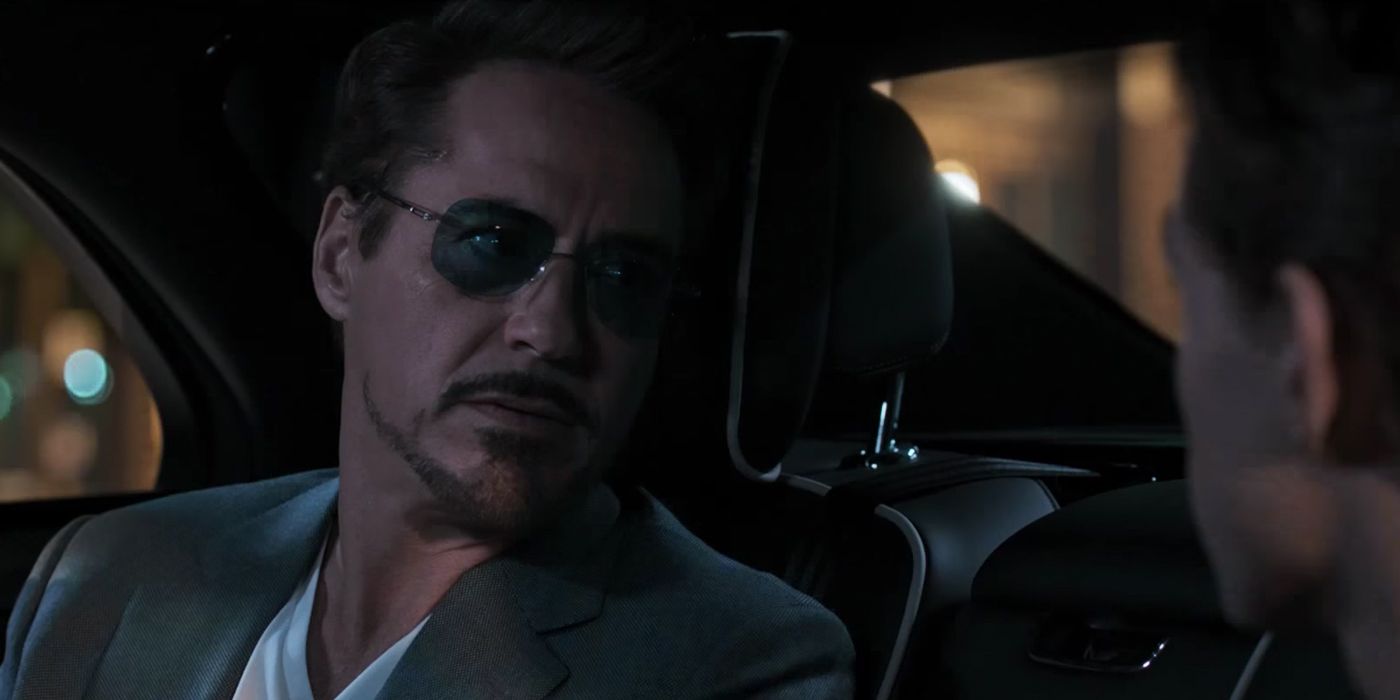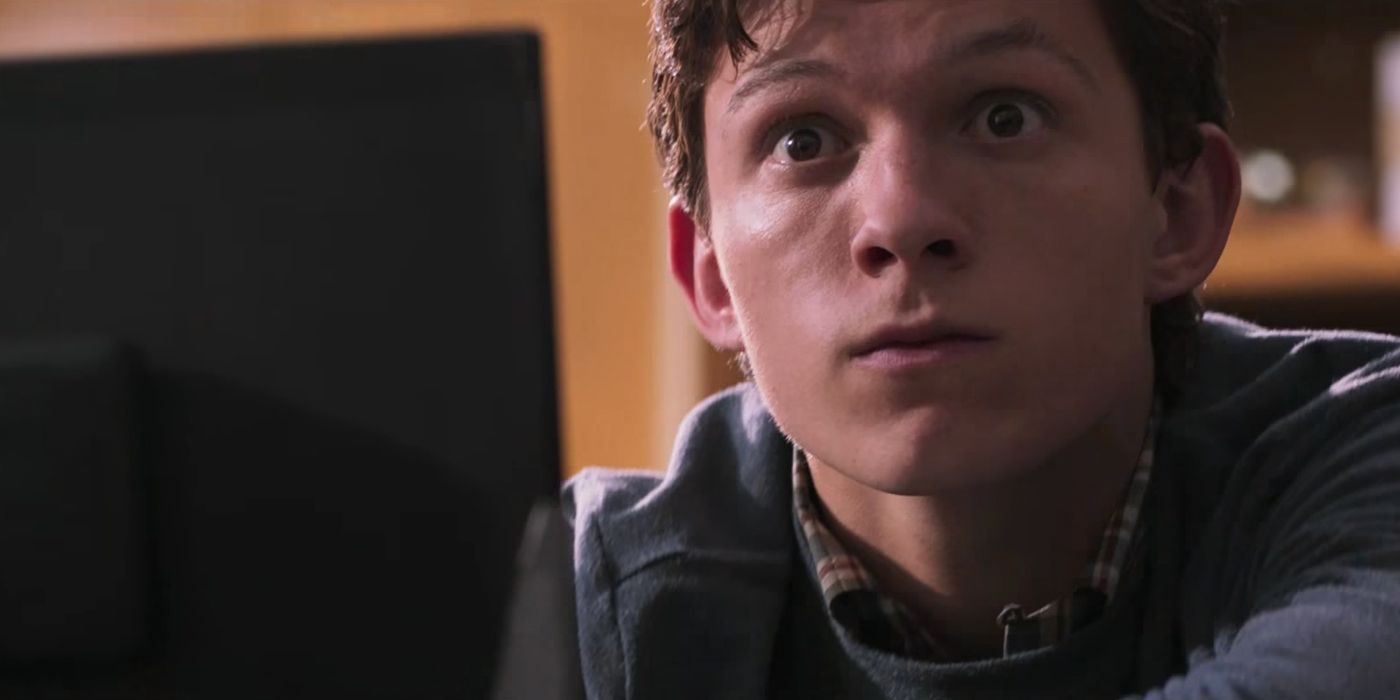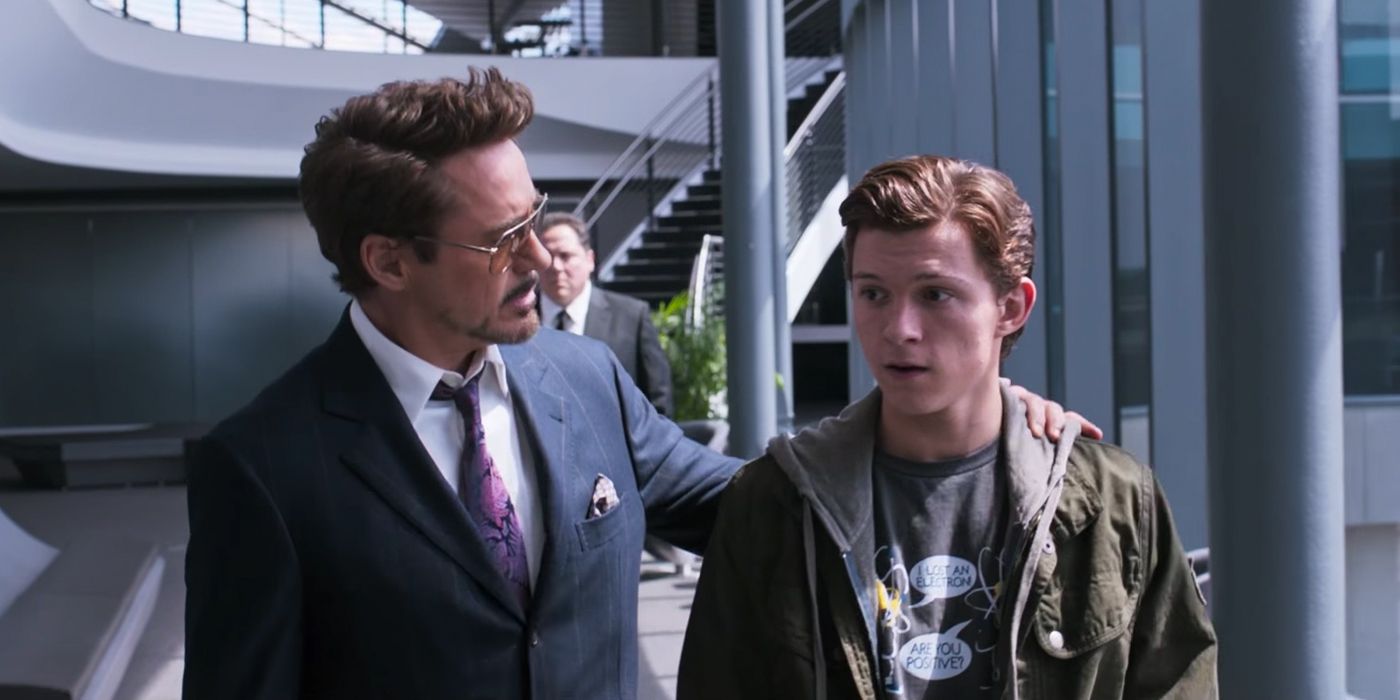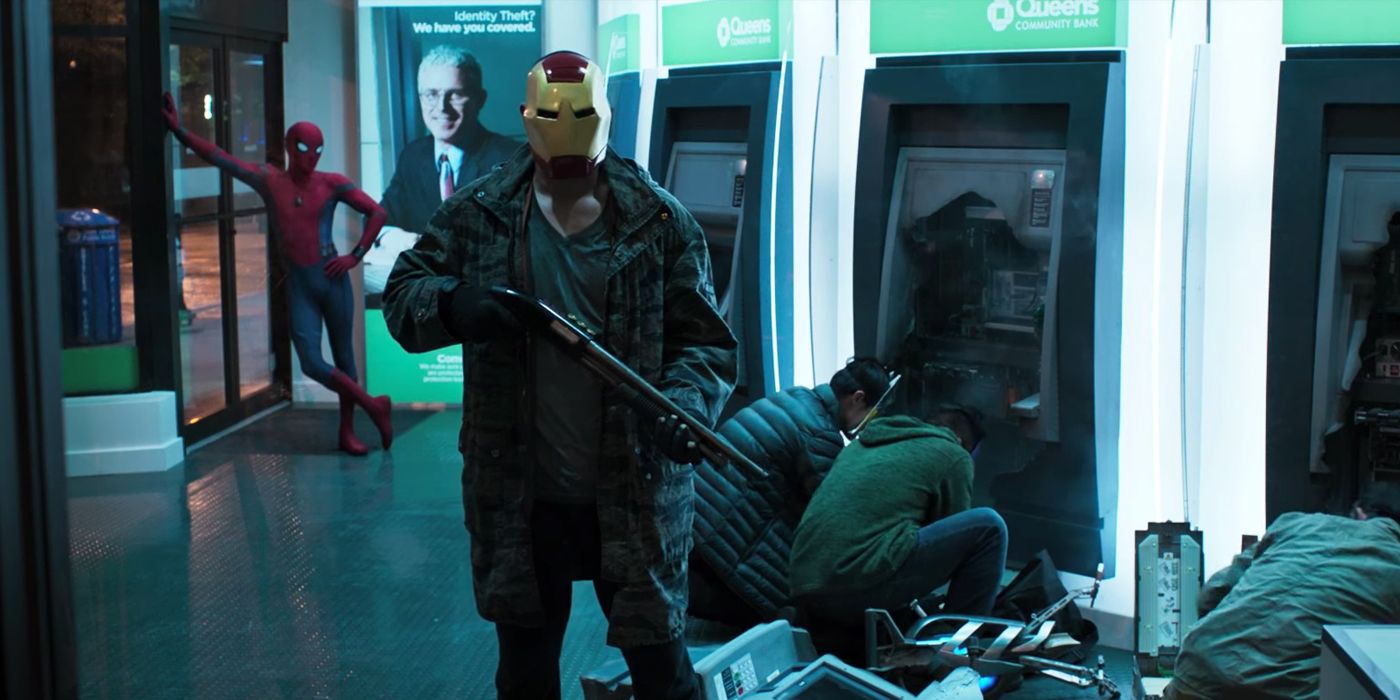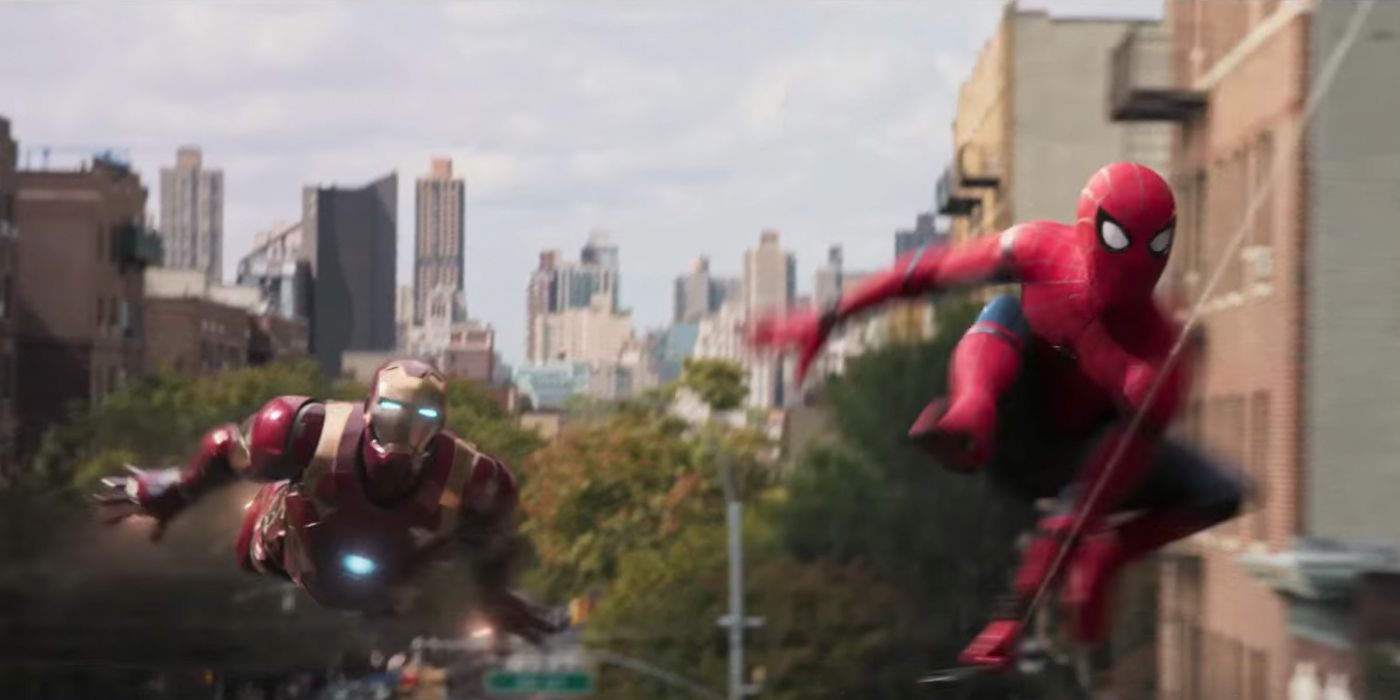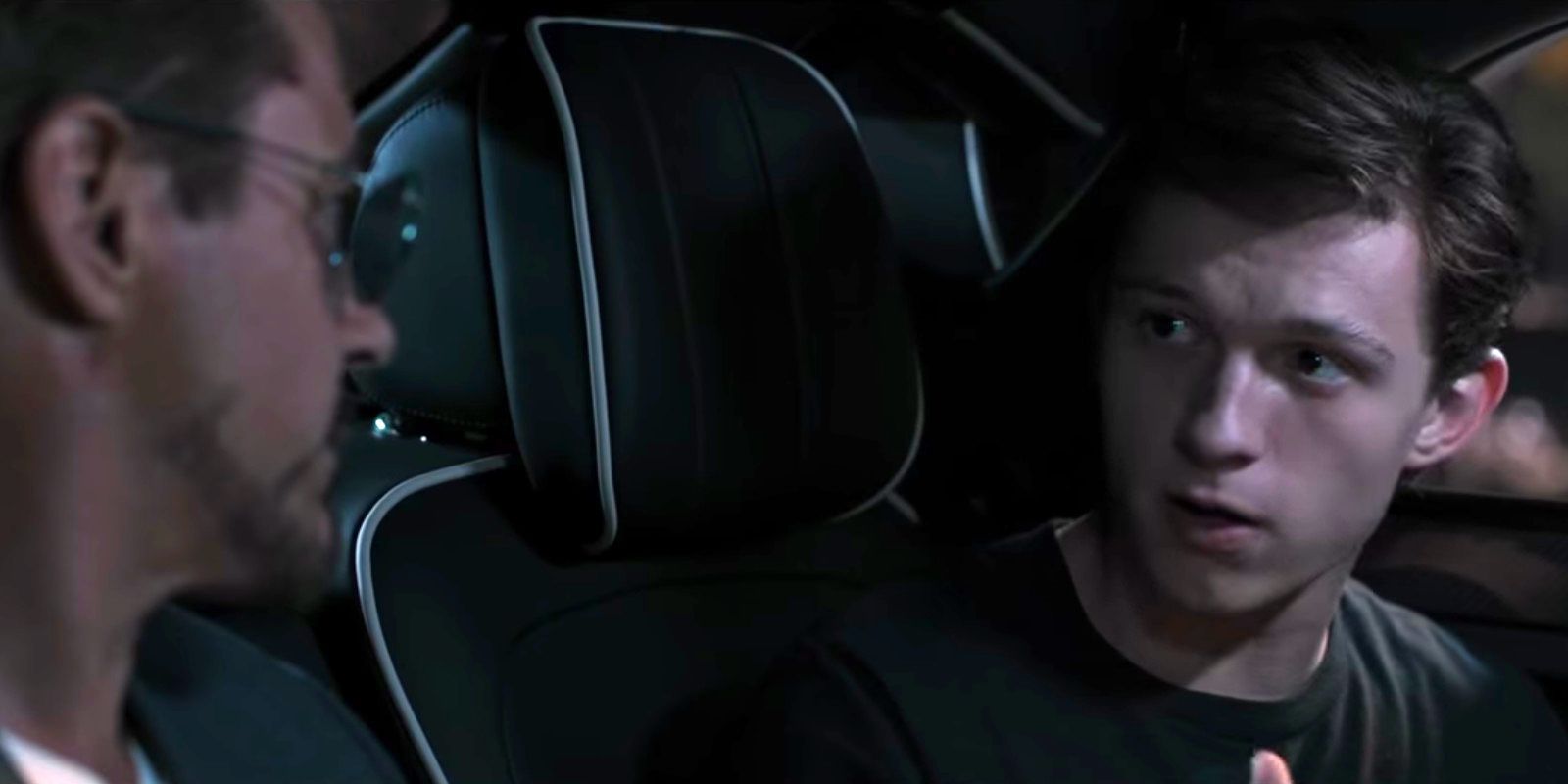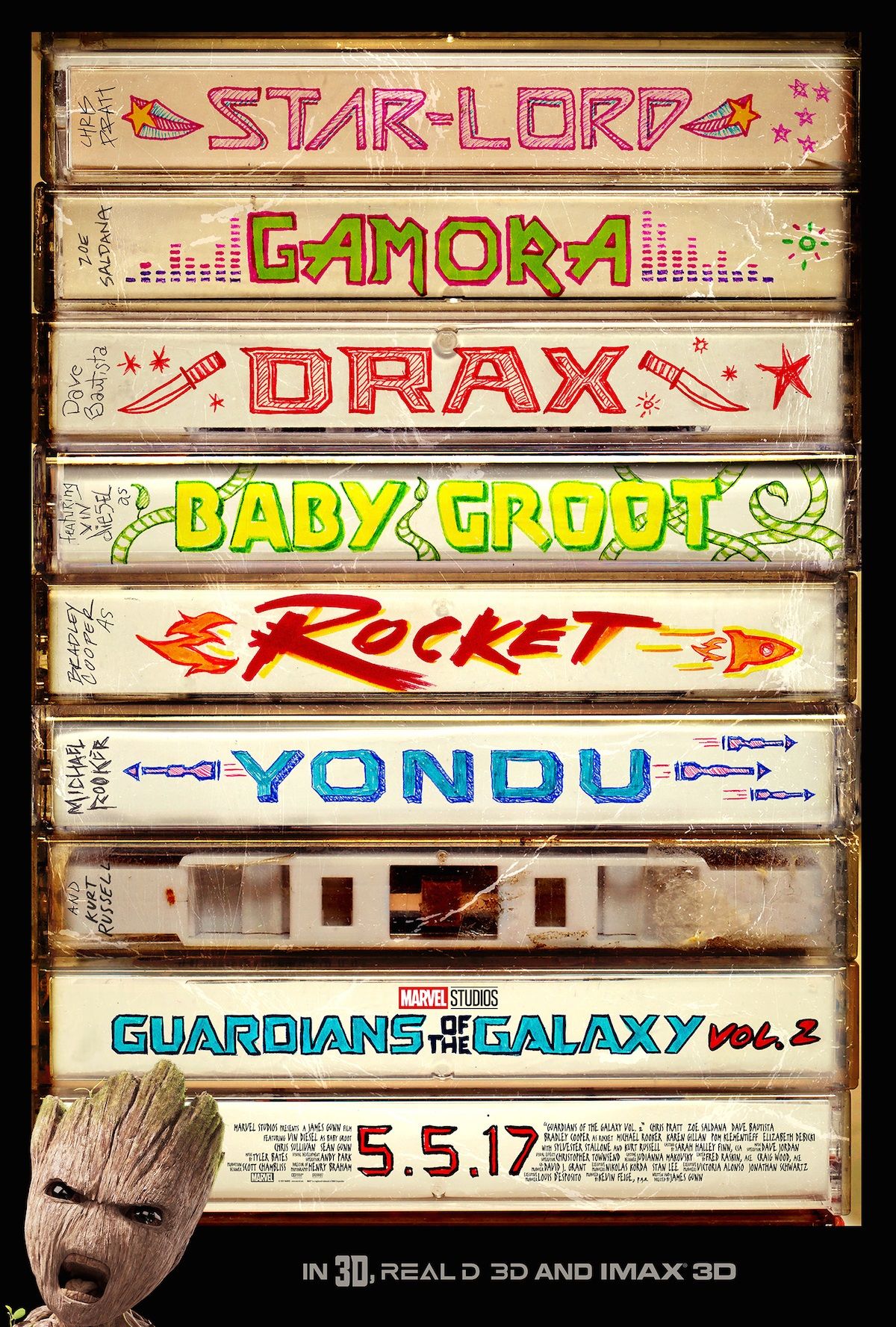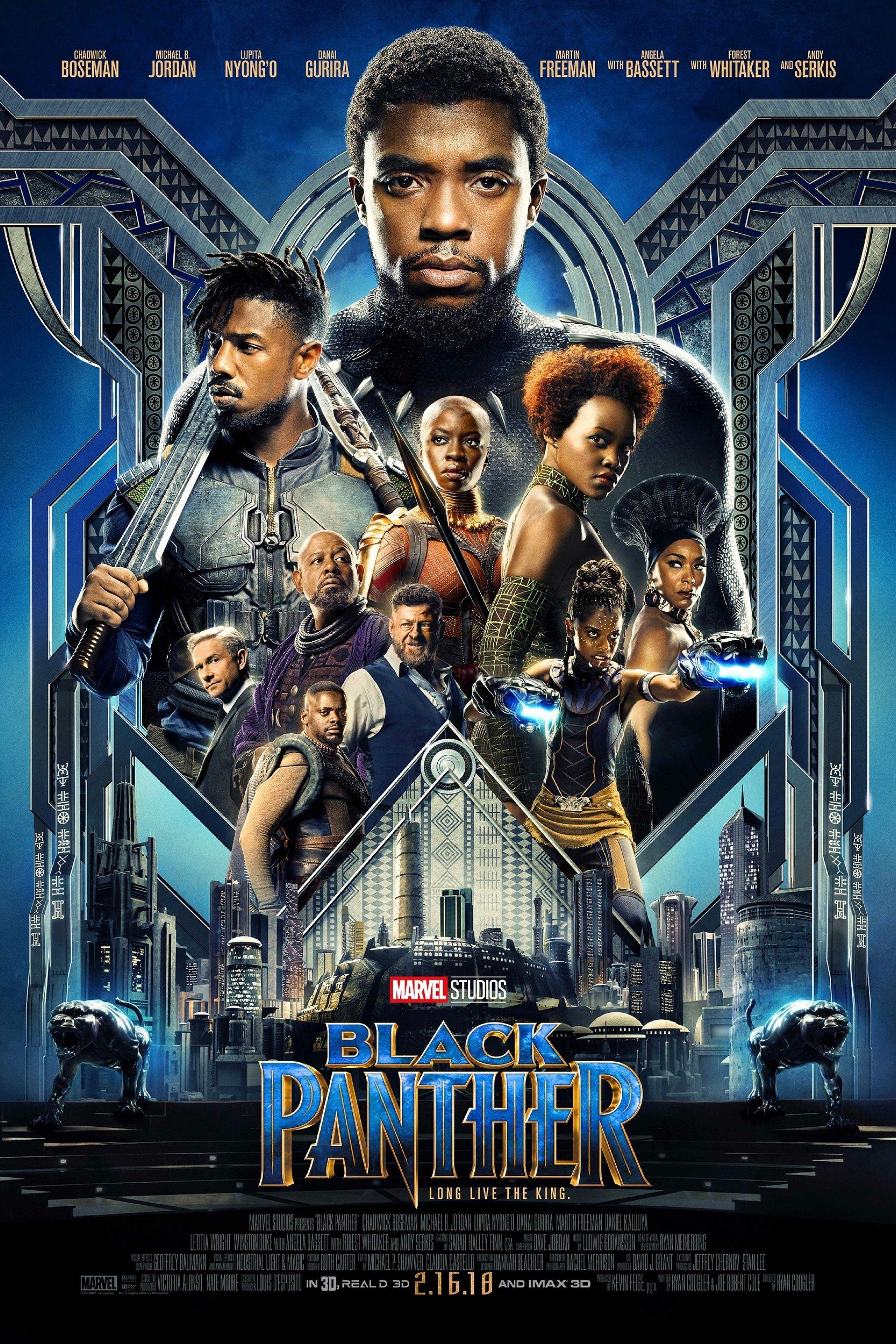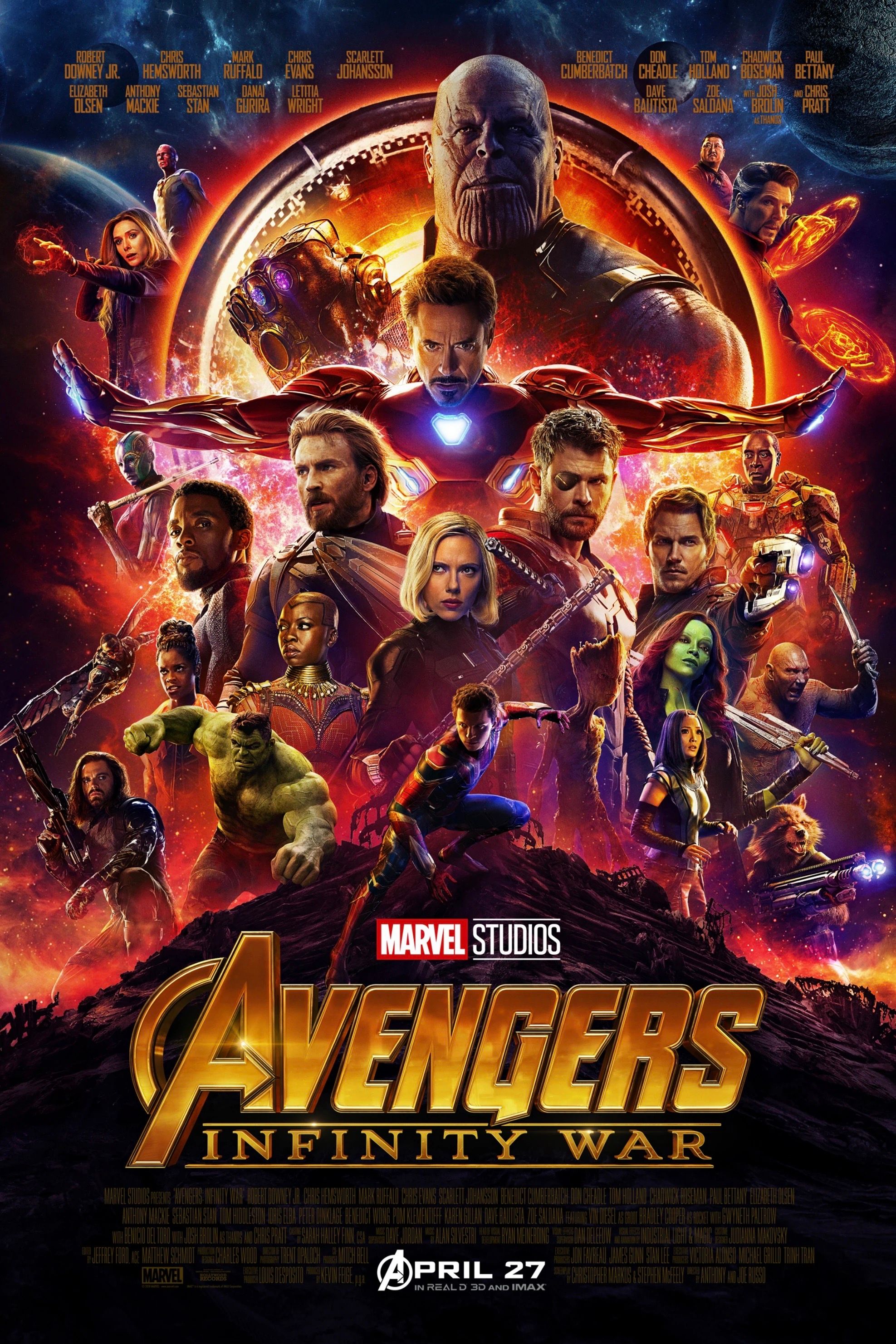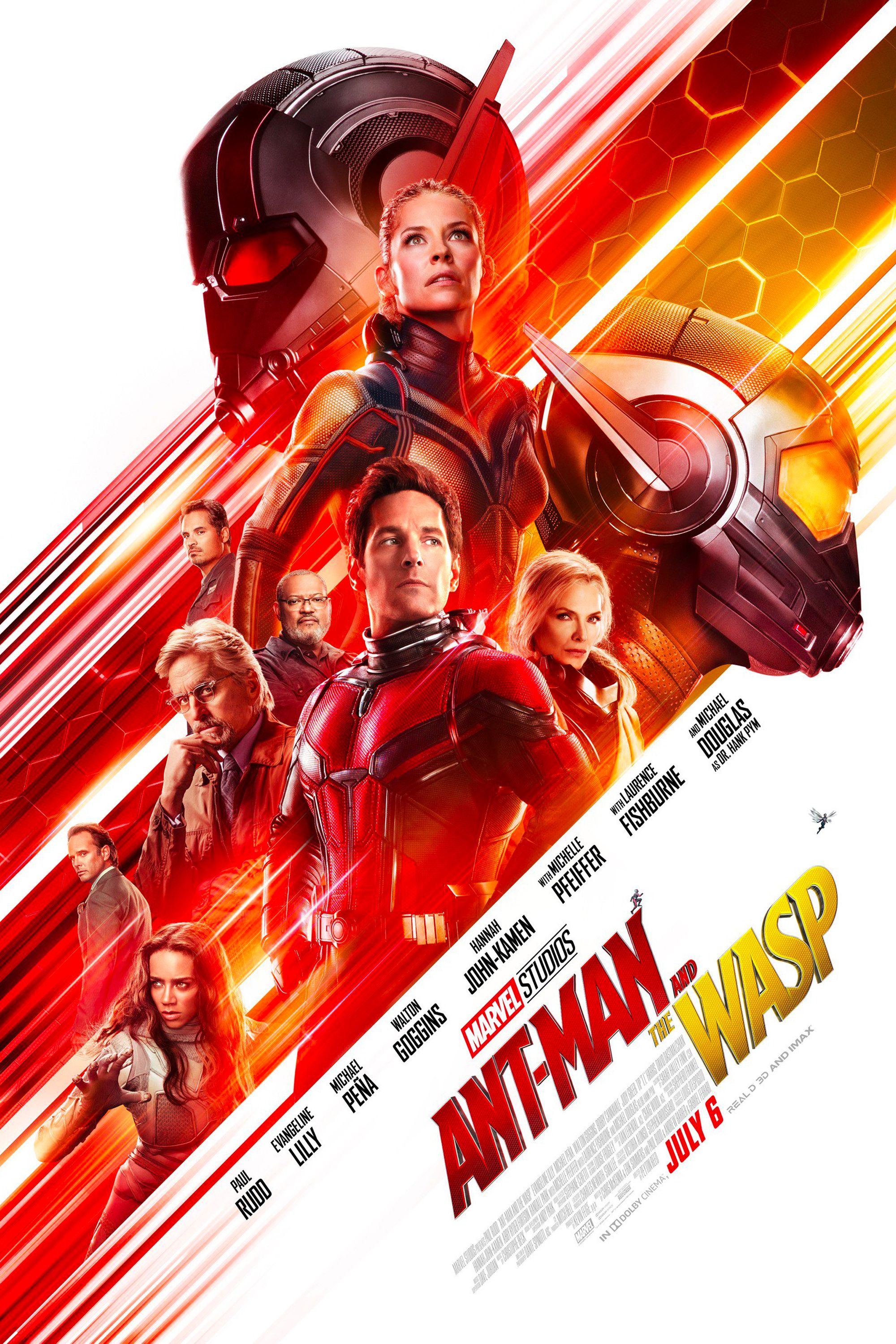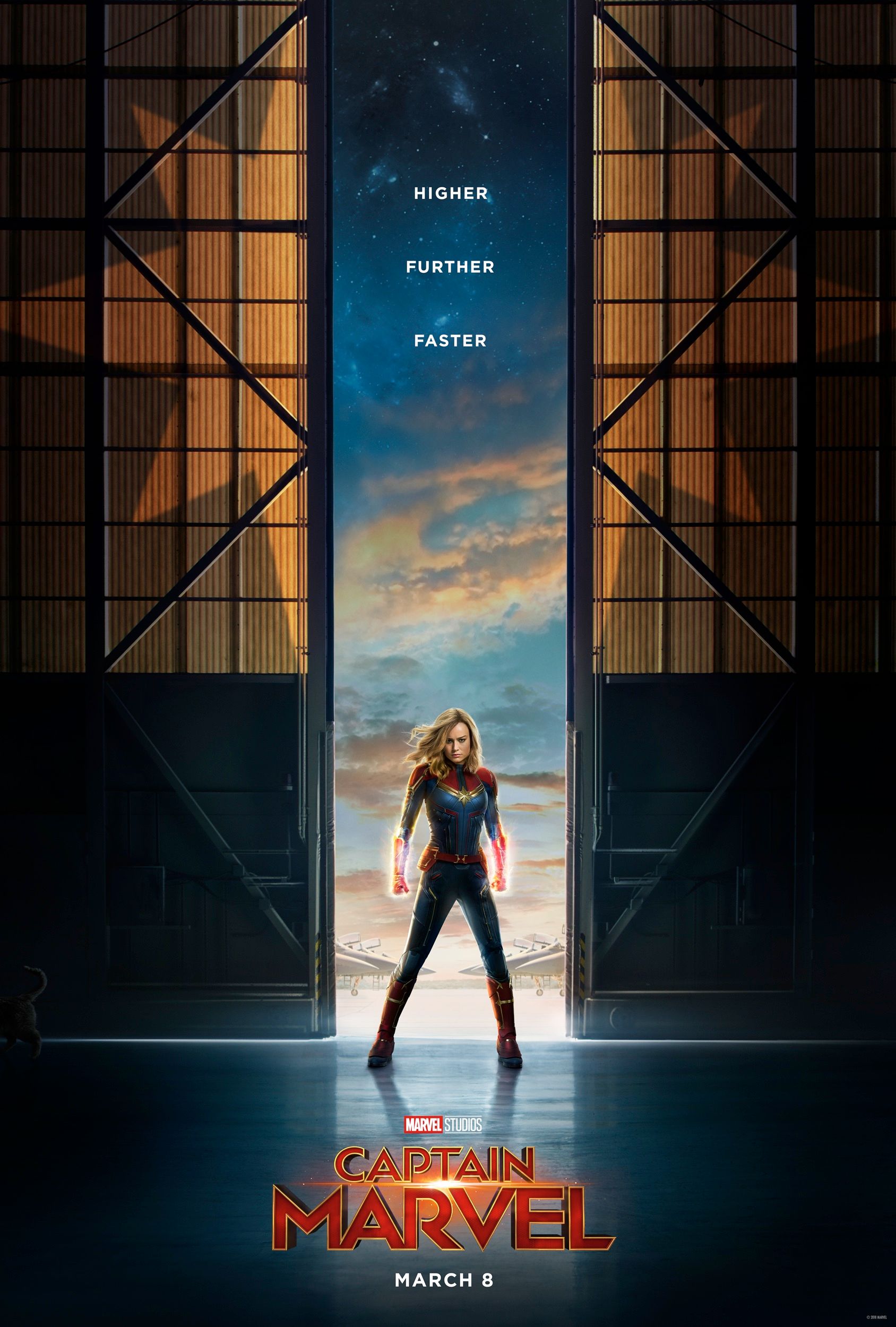Spider-Man: Homecoming has a lot to prove. As the third iteration of the web-slinger this century, and with the previous three movies all receiving (at best) glorified shrugs, there's a real risk of irrelevancy in restarting Peter Parker's journey once more. The tricky flipside is that, as this is the first Spider-Man film since Marvel and Sony reached a deal to share the character, there are also the pressures of making sure it offers the definitive take on the hero - now part of the Marvel Cinematic Universe, there's no room for second (or fourth) chances.
Captain America: Civil War got things off to a very good start, stripping the character back to his core gymnastic quippiness with some choice modern twists on what we'd got before - a younger than ever Aunt May, a high-rise apartment, and an enhanced suit complete with Spider-Signal. With integration the name of the game, though, the obvious biggest difference between Tom Holland and his predecessors is that his Spidey doesn't exist in isolation; Underoos appeared alongside the divided Avengers at Leipzig/Halle airport and will be returning the favor by bringing Iron Man, the MCU's undisputed biggest hero, into his first standalone movie.
To really stake that claim, Robert Downey, Jr. featured prominently in the recent trailers, giving the young hero advice and even suiting up for an awesome money shot. We’ve known of the actor’s part in the film for months, but the extent of his presence in the teasers has prompted questions over just how involved Tony Stark will be in Peter’s fight to retain normality at school and Spidey’s conflict with the Vulture. Let's take a deeper look.
Tony Stark’s Arc
It’d be reasonable to expect Tony to have a similar sized role to the one Spidey had in Captain America: Civil War - perhaps a little larger (so Black Panther levels), but not as proportionally dominant as he is in the international trailer. Based on all the recent footage, he's in at least four key scenes: the first was shown in the trailer teaser, a POV scene of Peter getting a new suit from Tony, which, based on the context and location, likely comes before the big airport fight from Civil War; then we have Tony dropping Peter back off in Queens, giving him some advice and caution; after that is him telling the teenager to not concern himself with the Vulture; and then finally the shot of him suited up and gliding alongside a swinging Spidey.
That’s the presumed narrative order of the scenes (with the Civil War piece serving as a prologue), making Iron Man’s part in the film very similar to Nick Fury’s in Iron Man 2 – after promising the kid the big leagues, he takes pause, begins practically assessing his new ward’s suitability for the Avengers and tries to keep him in check. This progression is motivated a little differently to the S.H.I.E.L.D. fears back in 2010, but the parallels still further Tony's maturity (and also sees Marvel beat DC to the "team member assembling the gang" punch, with Stark now in a similar role to the one Batman will take up in Justice League).
The Effect of Civil War on Peter Parker
What the trailers for Homecoming really hammer home in relation to Iron Man beyond his mere presence is the effect teaming up with him in Civil War had on Peter Parker. Co-producer Eric Hauserman Carroll even stated this was a key part of the protagonist's mental state at the start of the movie:
“He literally just went to Europe with the coolest clique of them all. And now he’s back with the academic decathlon and the mathletes and going, ‘What am I doing here?'”
The trailer shows this in several ways. In class Peter’s explicitly reminiscing about taking down Giant-Man Star Wars-style, but all the school-set bits are dominated by a feeling of mundanity, while his bank robber take-down sees him still thinking himself part of the group before resentment sets in.
It’s a very deft move for several reasons. It ostensibly further distinguishes Homecoming from previous iterations of Spider-Man, giving the character another psychological pressure besides the well-worn Uncle Ben guilt (one that crucially still fits with the teenage backdrop – what’s more high school than wanting to hang with the cool kids?) and announces proudly that this is an MCU venture front-and-centre. There’s some nice synchrony with the comics too – in print Civil War also majorly changed Peter’s life, albeit in a slightly different manner (there he unmasked, starting a spiral of bad events that culminate in a deal with the devil - don't ask). It’s also worth noting the business smarts of Marvel in all this; despite still not properly owning the character's film rights, they’ve ensured that Sony’s hero is intrinsically linked to the MCU and thus harder for them to spin-off without the Disney company once the franchise is back on track.
The impact of Spider-Man's introduction to the Avengers goes two ways though, with his appearance additionally having a concerted effect on the pre-existing characters.
Tony Stark – Father Figure
In Civil War, Spidey was used as a representation of how far Tony was going in his attempts to stop Cap; plucking an unprepared kid who didn’t even know the name of Hoth and putting him in a violent location was the antithesis of his Accords stance, a small step of realisation along his increasingly emotionally-driven track. In direct response to that, Homecoming looks to be seeing him overcorrecting.
In fact, by all estimations Stark is filling the father figure gulf in Peter’s life. And while it is to some degree one-sided, with Peter clearly reading more into the relationship (what with him being fifteen), Tony has some clear affection for his young ward; he allows Peter to keep the new Stark Industries suit and as they depart gives some convoluted hero advice, then, later on, begins to get much sterner, all in an attempt to keep the teenager safe. There’s a clear conflict within him about how affectionate to act evidenced in these few scenes, but, befitting the character’s increased maturity, he’s ultimately trying to do the right thing.
On this note, it’s very interesting that each iteration of Spider-Man has seen Peter empathising strongly with a different father figure – Sam Raimi used Uncle Ben, Marc Webb Richard Parker and now Jon Watts has Tony Stark – each of whom serves as a summary of the series' approach to the character. Homecoming is particularly exciting as it’s the only case where the surrogate father is alive, making this Peter feel even younger and lacking complete independence.
The Avengers Trials
Of course, what makes Tony really different to Richard and Ben is that he also leads up the Avengers (less of a brag-worthy phrase after Civil War, but still). Peter probably thought he had been called up to the big leagues permanently in Cap 3, so the emerging lack of access will be a key sticking point between him and Stark; it'll likely be the core motivation for the fifteen-year-old vigilante taking on increasingly dangerous tasks and villains.
But will all that eventually lead him to the Earth's Mightiest Heroes? It was rumoured a while back that part of the film would see him taking some form of trial and his question about them definitely opens Peter up for consideration. However, while it's possible that'll be the key purpose of Stark's subplot, it's not really the most likely outcome: a long-running thread in the comics dealt with Peter repeatedly and unsuccessfully vying to be a part of the team. What will probably happen instead in relation to Tony is that he'll relax his control, with Peter's actions eventually showing him as an adept hero who can hold his own, but not letting that mutual respect extend to an offer of membership (at least not until Thanos turns up).
Spider-Man’s aspirations won’t be the only reference to the super-team in Homecoming. This is the first time in the movies we’ll have spent real time in a post-Chitauri New York (the Netflix shows have already explored this, but they’ve now spun off in their own, unique direction) and that will loom large over the city - the trailer showed goons dressed as the Avengers using what looked to be alien tech, giving a taste of the lateral and cultural impact of the battle. There's the opportunity to push it even further too - Raimi’s Spider-Man films were heavily informed by the aftermath of 9/11 and while it’d be crude for Watts to draw such parallels too explicitly, the Battle of New York could have a similar city-rallying effect in the MCU.
Suiting Up
The final point of interest comes in the trailer's stinger. It would be crazy for Sony to get RDJ and not have him suit up, and so the final shot shows him in full Iron Man getup flying alongside Spider-Man. As it doesn't quite fit with the relationship evidenced elsewhere, it presumably comes later in the film, when Tony’s realised he can’t keep Peter down no matter how hard he tries, understanding that the best approach is to mentor him directly.
This could point towards Iron Man being a key part in a final battle, which may weaken Peter’s arc (or lead to Tony being incapacitated in a contrived manner), but – done right – should be a real coming-of-age moment for Peter; it both neatly fits the Avengers' arc and symbolises Peter's maturity. The other possibility is that the shot is from the very end of the film, with Tony seeing Peter's worth once Vulture's defeated and showing that by fighting crime with him. That’s also a nice wrap-up of the relationship, although would mean for the second Spidey movie in a row Sony have ruined the final shot in the trailers (The Amazing Spider-Man 2’s Rhino fight was a key part of the advertising), which wouldn't be a smart move.
Conclusion
What's ultimately clear is that, far from just a box-office-boosting cameo, we're going to see Tony Stark's six-movie journey actively continuing in Homecoming, with him taking on even more personal responsibility. Iron Man has slowly evolved over the past eight years from a B-list hero with a dumb name to an iconic franchise leader comparable in cultural adoration to Batman (Iron Man 3 made more globally than The Dark Knight Rises), and what's been so crucial to that is how with each appearance he's developed as a character. This time, the focus is on control - he's already in charge of the Avengers, but now we're going to see him go into full-on mentor role.
Homecoming was always going to be an exciting film, seeing the most comic-accurate version of Spider-Man yet, but having Downey, Jr. there to guide and help Tom Holland promises it'll be even more amazing and spectacular (and hopefully superior).

